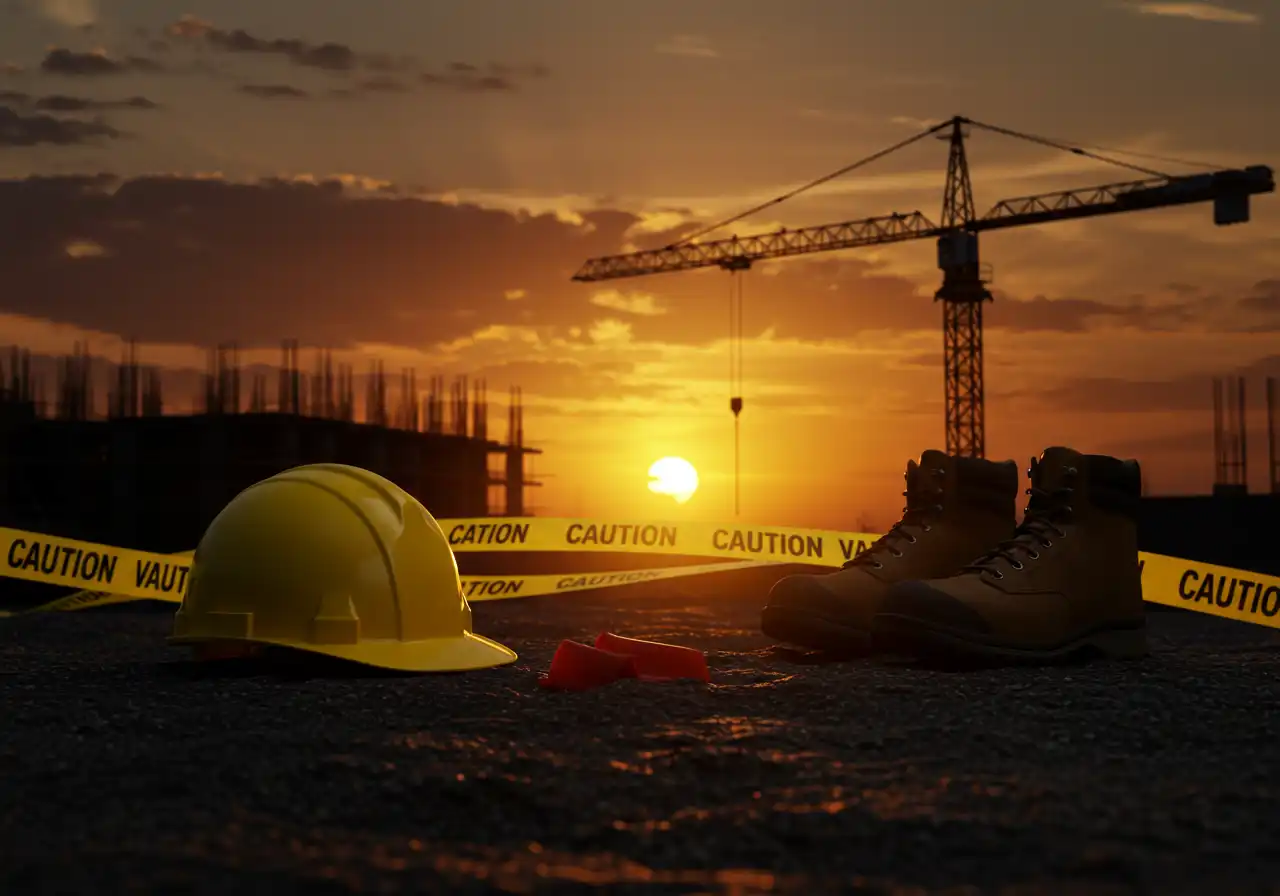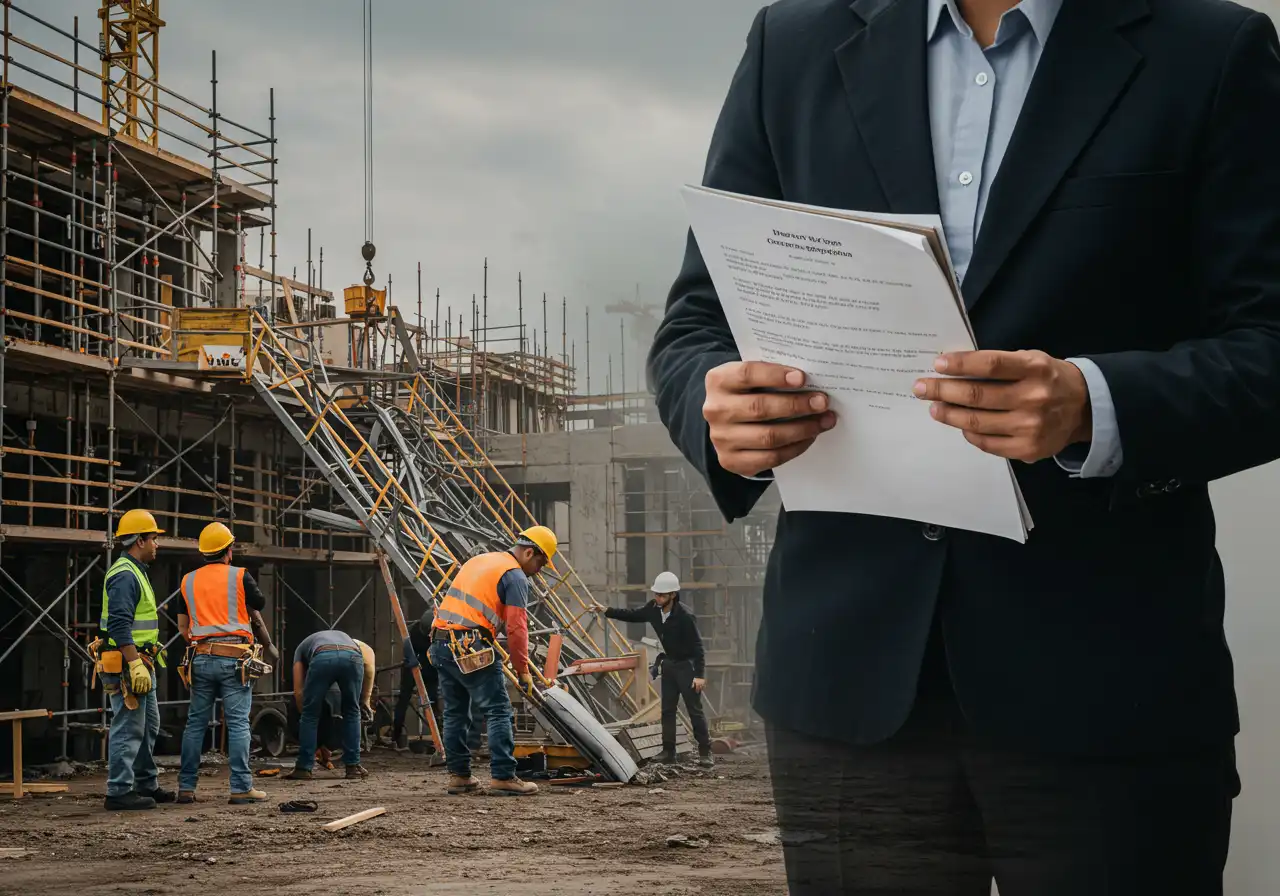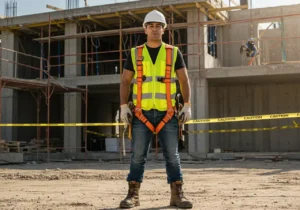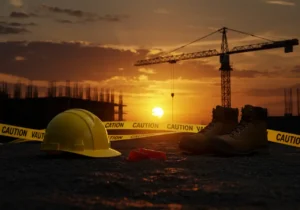A newly released construction fatalities report is sparking conversations across the legal and safety communities. The data reveals a troubling rise in construction worker deaths over the past decade, alongside notable demographic disparities. Certain groups of workers — including Latino and Black workers, as well as older employees — are experiencing disproportionately high fatality rates. For workers, employers, and injury attorneys, these findings carry significant implications.
Why Construction Fatalities Are on the Rise
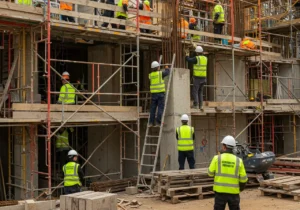 Despite improvements in technology and safety awareness, construction remains one of the most dangerous industries in the United States. Several factors contribute to the growing number of fatalities:
Despite improvements in technology and safety awareness, construction remains one of the most dangerous industries in the United States. Several factors contribute to the growing number of fatalities:
- Worksite hazards such as falls from heights, heavy machinery accidents, and trench collapses remain frequent causes of death.
- Understaffed regulatory agencies have limited resources to inspect sites consistently.
- High turnover rates lead to inexperienced workers being placed in dangerous positions with minimal training.
- Cost pressures on contractors may encourage shortcuts on safety measures.
Demographic Disparities in Fatality Rates
The report emphasizes disparities that cannot be ignored. For example, Latino workers account for a disproportionately high number of fatalities, often linked to language barriers and less access to comprehensive safety training. Similarly, older workers face heightened risks due to the physical demands of construction jobs and slower recovery from injuries.
These disparities highlight systemic challenges: uneven safety training, unequal enforcement of standards, and workplace cultures that may undervalue certain groups of workers.
Impact on Families and Communities
Every fatality is not just a statistic but a devastating loss for families and communities. Surviving relatives often struggle with grief, loss of income, and complex legal processes to secure compensation. Communities with high concentrations of construction workers, especially immigrant populations, bear a heavier burden when fatalities rise.
Legal Implications for Employers
Employers must recognize that demographic disparities in fatalities could expose them to liability claims. If safety programs are not accessible in workers’ primary languages or if PPE (personal protective equipment) is not suitable for all workers, employers may be held accountable for negligence or discriminatory practices.
Attorneys handling construction injury cases should pay special attention to whether employers failed to provide equitable safety training and resources. Such evidence could strengthen claims for damages or wrongful death suits.
How Workers Can Protect Themselves
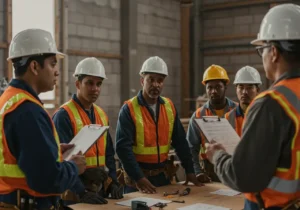 While systemic change is needed, workers can take several steps to protect themselves and their coworkers:
While systemic change is needed, workers can take several steps to protect themselves and their coworkers:
- Request safety training in a language you fully understand.
- Document unsafe conditions with photos, videos, and written notes.
- Report hazards directly to OSHA or a state agency if your employer fails to act.
- Consult with a construction injury lawyer after an accident or near miss.
The Role of OSHA and Regulators
OSHA remains the primary agency responsible for enforcing workplace safety, but limited budgets and staffing shortages mean many sites go uninspected. According to recent government data, OSHA can inspect only a fraction of U.S. worksites each year. This makes employer self-compliance critical — yet it also underscores the need for stronger enforcement mechanisms.
Key Statistics at a Glance
- Construction remains in the top three most deadly industries in the U.S.
- Falls from heights account for more than one-third of construction fatalities.
- Latino and immigrant workers face disproportionately high fatality rates.
- Older workers (ages 55+) are involved in more fatal incidents than younger groups.
What Employers Should Do Now
Proactive employers can take steps today to reduce fatalities and avoid costly legal disputes:
- Provide multilingual training and safety materials.
- Ensure PPE fits all body types and is accessible to every worker.
- Schedule regular third-party safety audits to identify gaps.
- Invest in fall protection systems, trench safety equipment, and proper scaffolding.
Case Studies and Lessons Learned
Several high-profile cases demonstrate how preventable many construction deaths are. For example, investigations into trench collapses often reveal that basic safety measures — such as trench boxes or shoring — were absent. Wrongful death suits following these incidents often succeed because employer negligence is clear.
Similarly, fall-related fatalities often involve missing guardrails or unsecured scaffolding, both of which are well-established safety requirements. These patterns show that enforcement of existing laws, not necessarily new regulations, could prevent many deaths.
Resources for Workers and Families
- Your Rights After a Construction Accident
- Reporting Construction Site Hazards
- Construction Accident Statistics 2025
- How to Choose a Construction Injury Lawyer
Conclusion
The construction fatalities report is more than a collection of numbers — it is a wake-up call. Rising deaths and persistent demographic disparities demand immediate attention from employers, regulators, and legal advocates. Workers deserve safe workplaces, and families deserve justice when negligence leads to tragedy. With stronger enforcement, equitable training, and dedicated legal support, the industry can move toward a safer and more just future.
If you or a loved one has been affected by a construction accident, reach out today for a free consultation. Protecting your rights and holding negligent parties accountable may prevent future tragedies.
